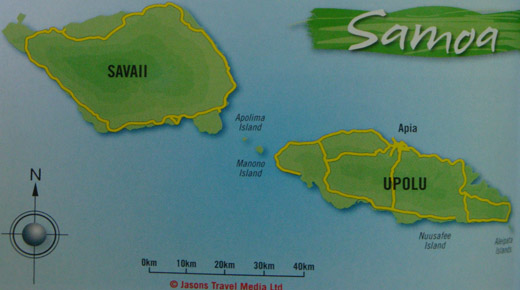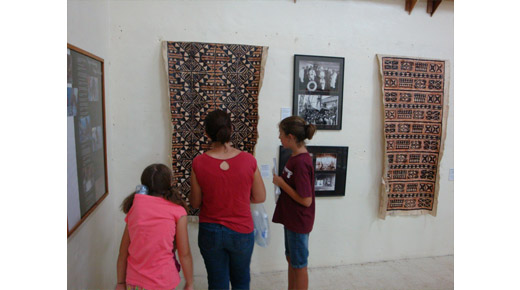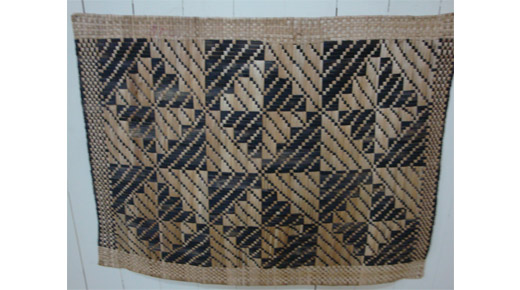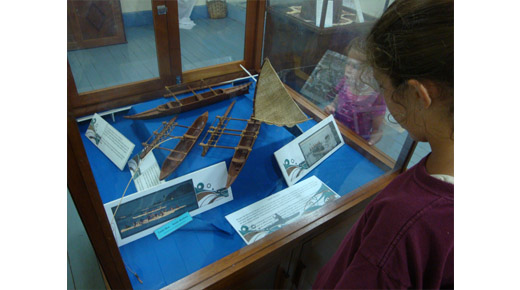|
HOME → RTWINFO → Jepson Trip → Jepson Girl's Blog → Post #016 The Jepson Girls' World Trip Blog 
Oct 30, Month 5 Samoa, which also is called the Treasure Islands or Navigator Islands, has an interesting history and culture. Samoa is in the South Pacific, about 2,890 kilometers from Auckland, New Zealand. Samoa is, and has been, a fun island to visit.  Scientists think that the earliest settlement was in 3,000 BC. Luis de Bougainville discovered Samoa in 1768 and called it the Navigator Islands. Christianity came to Samoa in 1830, and Samoans, wanting to be peaceful, accepted it. In 1889, after years of fighting between Germany and the United States over this area, a treaty was made called the "Berlin Treaty." The treaty meant that the U.S.A. Got the East side of the islands (American Samoa) and Germany got the West side of the islands (current day Samoa). Great Britain, who was also involved, did not get any of the islands. During World War I, Germany lost control of Western Samoa by a New Zealand invasion fleet. Forty-eight years later, Western Samoa requested self government and received it thirteen years later in 1960 when the constitutional documents were formally signed. The United Nations declared Western Samoa an independent state a year later and the country became Samoa.  The Samoans make tapa, which is a type of cloth, made out of Mulberry trees. They cut the shoots above the root when the tree is young (because they don't want the branches). Then, they peel off the bark. They want the inner part of the bark, which the Samoans call the bast, so they peel it off of the other parts of the plant.The bast is put on a scraping board and scraped with a type of shell called an Arca Shell. You then pour water over it. There is this extra kind of fibrous material, and you remove it from the good part with a Venus shell. Now, they smooth the bast with more shells and is pressed so as much water that is possible is gotten out. These strips are folded and put into bundles. The bundles were treated more and dried. Holes were fixed and if larger tapas were needed, they were sealed together with Nataral starch glue. Fine mats are also made by Samoans. Fine mats are weaved. If you make a very fine mate, it has a high ranking or high value. There are three different types of mats, all used for something different. First, there is the Laupaogo, which is used for the floor and for the roof. It's prepared by boiling, splicing, and sun drying the leaves. Then, there's the Lauie, which is used for fine mats, dancing costumes, and decoration. Lauie is prepared just like the Laupaogo. The last of all the mats is called Laufala, which is used for a lot of stuff like sleeping mats, course and fine mats, and so on. Laufala is prepared by boiling and sun drying.  I think that it's cool that Samoans make the best of all the natural things around them, like with all those trees. Samoans need all these plants to make both tapa and fine mats. Samoans seem to embrace their culture and love it. I'm glad that Samoa is fun and has customs that last even today.  |
 |

© Copyright 2009 www.RTWFamilyTravel.com, All rights reserved
 #016 - Samoa's History And Culture - By Amber
#016 - Samoa's History And Culture - By Amber